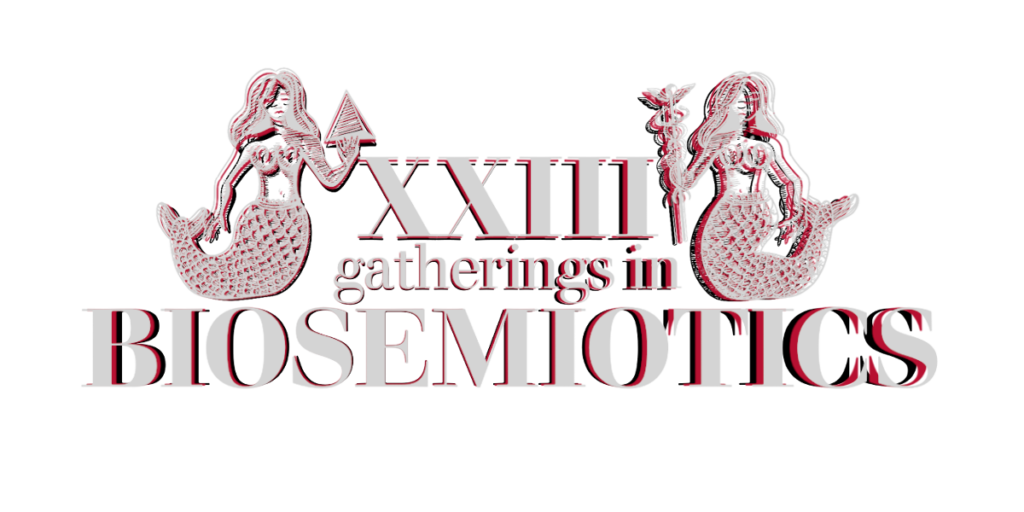Diagnosing, Modelling and Solving Interspecies Cohabitation Issues: Anatomy of the Shared Semiosphere
[Slides from the presentation]
In this communication, I will present different steps of diagnosing and modelling a shared urban semiosphere in order to solve interspecies cohabitation issues. Mainly, this presentation will introduce key concepts needed for this work and methods used – what elements should be included in a basic corpus? In a more detailed one? What methodology should be preferred depending on the context and circumstances and what are its potential flaws? How to encourage a good and relevant interdisciplinary dialogue? All these questions will be addressed by presenting and comparing two projects in Paris (Delahaye, 2021) and Tartu, the last one being used as a case study.
In this presentation, we will use the concept of semiosphere as defined by Hoffmeyer (1997) as “a sphere just like the atmosphere, the hydrosphere and the biosphere”, incorporating all kinds of “signs of life”. In this sense it could also be called in different ways like “semiotic ecosystem” or “ecosemiosphere” (Maran, 2021), to use a specific term with a separate meaning. This question of terminology, as well as others that could lead to confusion, will be briefly discussed.
All the results and methodologies introduced in this communication are from a just-completed project in Tartu, aiming to study relationships and interactions between humans and liminal species, using the urban corvids as a case study – Corvus cornix, Corvus frugilegus, Coloeus monedula and, to a lesser extent, Corvus corone as comparative observations with the city of Paris.
Results obtained will include elements of ethology or biology, elements of anthropology and literary elements, in order to present an exhaustive overview of this fundamentally interdisciplinary methodology. Methodological tools will be given in order to make these different and various components interact in an efficient way and to allow a potential investigator to interpret them in a relevant manner, no matter their academic speciality or background.
References
Delahaye, P. (2021). Rats, Mice and Humans. Linguistic Frontiers, 4(1), 44‑52. https://doi.org/10.2478/lf-2021-0004
Hoffmeyer, J. (1997). Signs of Meaning in the Universe. Indiana University Press.
Maran, T. (2021). The Ecosemiosphere is a Grounded Semiosphere. A Lotmanian Conceptualization of Cultural-Ecological Systems. Biosemiotics, 14(2), 519‑530. https://doi.org/10.1007/s12304-021-09428-w

